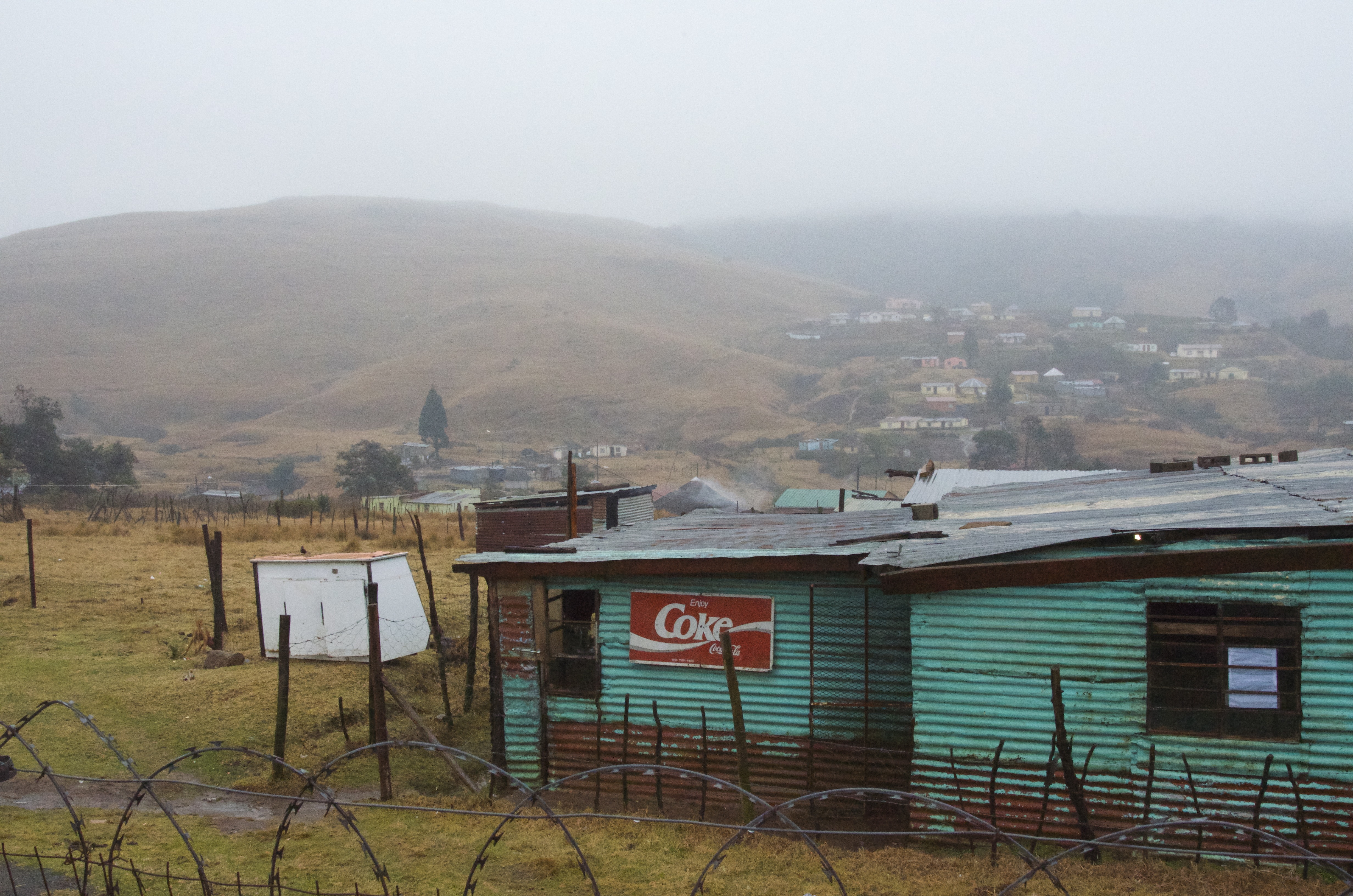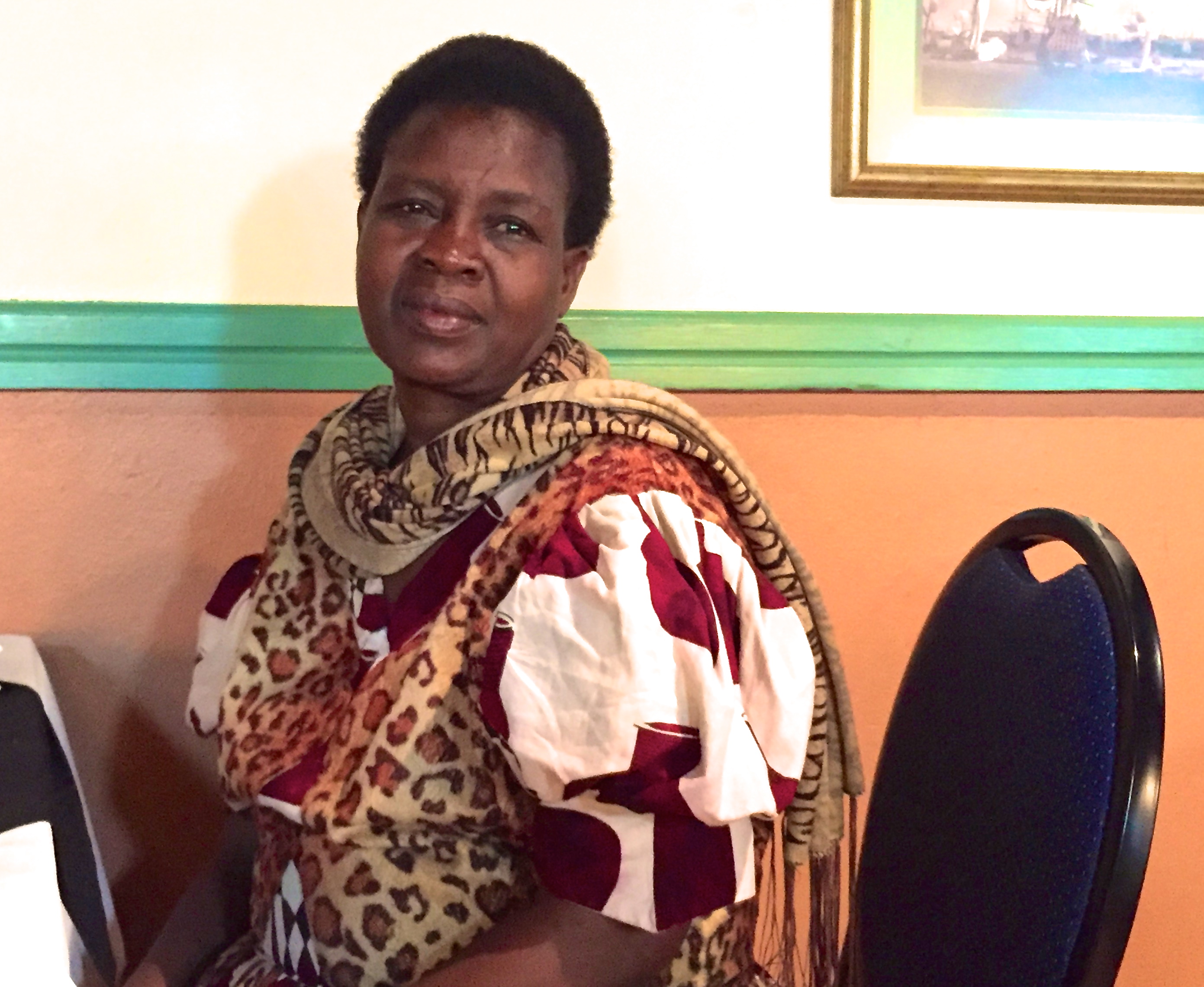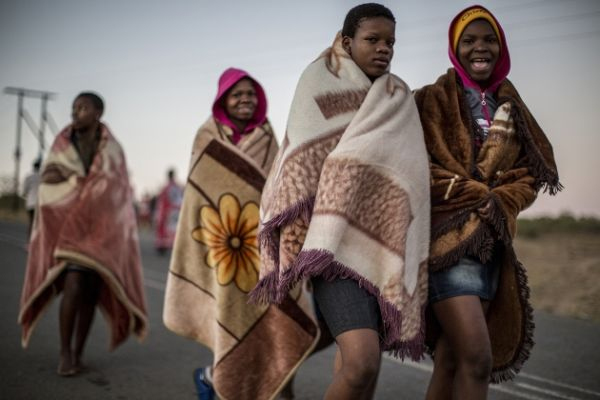
Young women are at particularly high risk for HIV in parts of sub-Saharan Africa, where about 5,000 of them acquire the disease each week. Teenage girls are eight times more likely to have HIV than their male counterparts in South Africa, which suggests they acquire the disease from older men. Many of them will infect their partners later in life when they marry.
To curb the epidemic, prevention among young women is critical. One effort is PrEP (pre-exposure prophylaxis), which involves treating women with antiretroviral drugs before they are infected. While that's worked well for gay men in the United States, young women in South Africa don't seem to be taking the drugs. New formulations of PrEP that require less compliance are in development.
But it's become clear that drugs alone will not do the trick. Researchers are now forced to confront the underlying social and economic drivers of HIV: teens having sex with men who financially support them, a high rate of gender-based violence, and a broken public health system that people don't trust. Understanding factors like these—that rely less on medical interventions—may have vital payoffs.











